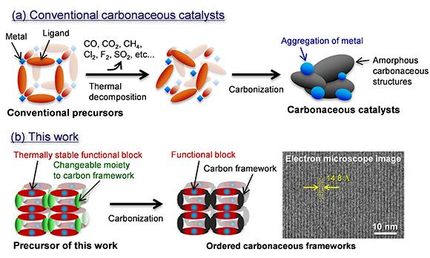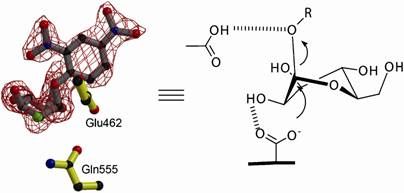University of Toronto chemists uncover green catalysts
Advertisement
A University of Toronto research team from the Department of chemistry has discovered useful "green" catalysts made from iron that might replace the much more expensive and toxic platinum metals typically used in industrial chemical processes to produce drugs, fragrances and flavours.
The synthesis of drugs usually relies on the use of catalysts and the expense of the catalysts influences the ultimate cost of the drug. If the catalyst is toxic, as it usually is when platinum-metals such as ruthenium, rhodium and palladium are used, then it must be removed completely from the synthesized product using costly purification techniques.
"With a cheaper and less toxic catalyst, like iron, these drawbacks are avoided," says Professor Robert Morris.
The successful use of iron as a catalyst in place of the more commonly used ruthenium is surprising since iron has been considered to be a "base metal" of low catalytic activity. The successful trick was to prepare a complex of iron with a structure similar to the most active ruthenium catalyst, says Morris.
Chemical catalysts are generally known for their ability to speed up a reaction but they can also influence the structure of the chemical that is produced in that reaction, says Morris. Catalysts used in the synthesis of a chemical used as a drug or fragrance are most valuable when they cause the production of the chemical in one structural form and not the mirror image of that form (i.e. producing a left-handed form and not the right-handed one).
The catalyst was made by attaching to iron, in its "ferrous" state, an organic molecule that contains carbon, hydrogen, phosphorus and nitrogen with the atoms arranged in exclusively a right-handed structural form. The catalyst is used in small amounts to convert a large amount of inexpensive ketone to a large amount of the valuable alcohol product in just the left-handed form. This process is called asymmetric transfer hydrogenation.
Their research was funded by the Natural Sciences and Engineering Research Council of Canada (NSERC) and the Petroleum Research Fund, administered by the American Chemical Society. The team leader and principal author is Professor Robert Morris. Other team members are Nils Meyer and Alan Lough. The group, which also includes Alexandre Mikhailine and Friederike Freutel, has applied for a patent to protect the invention through the University of Toronto's Innovation Group.
Original publication: Chemistry April 9, 2009
Other news from the department science
Most read news
More news from our other portals
See the theme worlds for related content
Topic world Synthesis
Chemical synthesis is at the heart of modern chemistry and enables the targeted production of molecules with specific properties. By combining starting materials in defined reaction conditions, chemists can create a wide range of compounds, from simple molecules to complex active ingredients.

Topic world Synthesis
Chemical synthesis is at the heart of modern chemistry and enables the targeted production of molecules with specific properties. By combining starting materials in defined reaction conditions, chemists can create a wide range of compounds, from simple molecules to complex active ingredients.































































